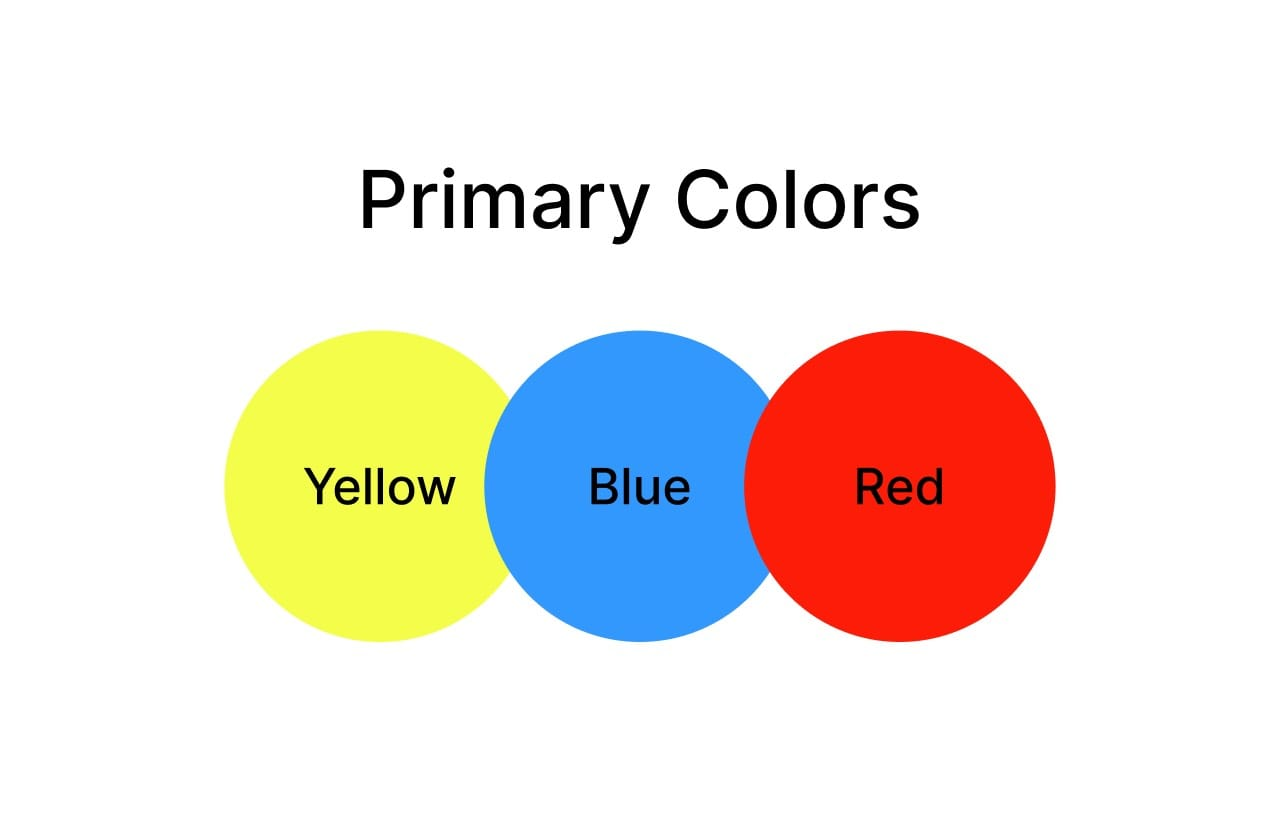Colors play a vital role in our visual experiences, influencing everything from art and design to branding and psychology. Among the vast spectrum of colors, primary colors hold a special significance. Understanding these colors can enhance our appreciation for the world around us and provide insight into how colors interact. This article will explore the concept of primary colors, their classifications, and their importance in various contexts.
Definition of Primary Colors
Primary colors are the building blocks of all other colors. They cannot be created by mixing other colors together, but they can be combined in various ways to produce a wide range of hues. There are two main systems of primary colors: the additive color system and the subtractive color system.
1. Additive Primary Colors
The additive color system is based on light. When colored light is mixed, the resulting colors are brighter and more vibrant. The primary colors in this system are:
- Red
- Green
- Blue
These colors correspond to the RGB color model, commonly used in digital displays, televisions, and stage lighting. When combined, these colors can create a full spectrum of colors. For instance:
- Red + Green = Yellow
- Green + Blue = Cyan
- Red + Blue = Magenta
- Red + Green + Blue = White
2. Subtractive Primary Colors
The subtractive color system applies to pigments and inks. When pigments are mixed, they absorb certain wavelengths of light and reflect others, resulting in a more muted color palette. The primary colors in this system are:
- Cyan
- Magenta
- Yellow
This color model is often referred to as CMY, and when mixed together, these colors can produce a wide range of shades. For example:
- Cyan + Magenta = Blue
- Magenta + Yellow = Red
- Cyan + Yellow = Green
- Cyan + Magenta + Yellow = Black (or a very dark brown)
In printing, black ink is added to create the CMYK model (Cyan, Magenta, Yellow, and Key/Black) for better depth and detail.
The Importance of Primary Colors
Understanding primary colors is crucial for various fields, including:
- Art and Design: Artists use primary colors to create vibrant artworks. By mixing primary colors, they can achieve secondary and tertiary colors, allowing for a rich palette.
- Education: Teaching children about primary colors is fundamental in early education, helping them understand color theory and develop their creativity.
- Marketing and Branding: Brands often use primary colors to evoke specific emotions and associations. For example, red can signify excitement or urgency, while blue often conveys trust and professionalism.
Conclusion
Primary colors are essential elements of color theory, serving as the foundation for creating a wide range of colors. Whether through the additive system of red, green, and blue or the subtractive system of cyan, magenta, and yellow, understanding these colors can enhance our appreciation for the visual world. By recognizing the importance of primary colors in art, education, and marketing, we can better navigate the colorful landscape that surrounds us.
Read more :
1= https://rapidurlindexer.net/blogs/what-are-the-primary-colors/
4= https://rapidurlindexer.net/blogs/the-ten-commandments-a-moral-foundation/
5= https://rapidurlindexer.net/blogs/what-are-the-seven-continents/



